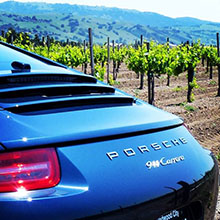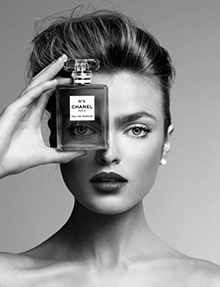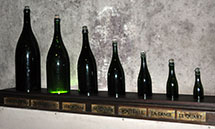Bottle Sizes and Taste
Champagne bottles come in many sizes for many occasions. When selecting a bottle other than the standard 750 ml. bottle, keep in mind that the bottle size can make a difference in the taste experience.
What’s in a bottle? They come in ten different sizes, but some sizes are more difficult to find than others.
| |
Name |
Standard Bottle Equivalent |
Volume |
| |
Split |
1/4 Bottle |
187 ml. |
| |
Demi |
1/2 Bottle |
375 ml. |
| |
Bottle |
1 Bottle |
750 ml. |
| |
Magnum |
2 Bottles |
1.5 ml. |
| |
Jeroboam (also Double Magnum) |
4 Bottles |
3 liters |
| |
Rehoboam |
6 Bottles |
4.5 liters |
| |
Methuselah |
8 Bottles |
6 liters |
| |
Salamanzar |
12 Bottles |
9 liters |
| |
Balthazar |
16 Bottles |
12 liters |
| |
Nebuchadnezzar |
20 Bottles |
15 liters |
|
|
|
|
Large Champagne Bottles
The list goes on from here, but in reality large bottles (bigger than a magnum) are just not practical. In the past, larger sizes were often produced by pouring champagne from standard or magnum sized bottles together into the larger bottle, so the secondary fermentation did not actually occur “in this bottle”. This process may have exposed the wine to a level of oxidation and possible premature aging. This practice is now illegal in Champagne. It is very difficult to produce champagne in larger bottles. Riddling, disgorging, storing, etc. are all much more demanding. They are rarely produced anymore. They don’t sell as well as standard bottles and magnums. Improper storage for long periods of time may contribute to premature aging as they sit in a warehouse or on the shelf. There are occasions when a Champagne House may decide to have a special size – celebrating some special anniversary or event, but it is rare.
Mini Bottles
Mini bottles (splits and demis) also have problems. The ratio of air to sparkling wine is greater, so there is a risk of premature oxidation. Demis (half bottles) are safer than splits, but like the larger sizes, they often don’t sell as well as standard bottles and may become victims of premature aging due to less than perfect storage. If you want to buy a half bottle, ask the sommelier or sales person how long it has been in stock. If it’s more than 6 months, you might want to reconsider.
My Advice
My advice is to stick with standard or magnum bottles unless you have some melodramatic motivation compelling you. Magnums are actually the perfect size for cellaring. The larger size leads to less air to champagne ratio so the bottles will be fresher and keep longer. |




